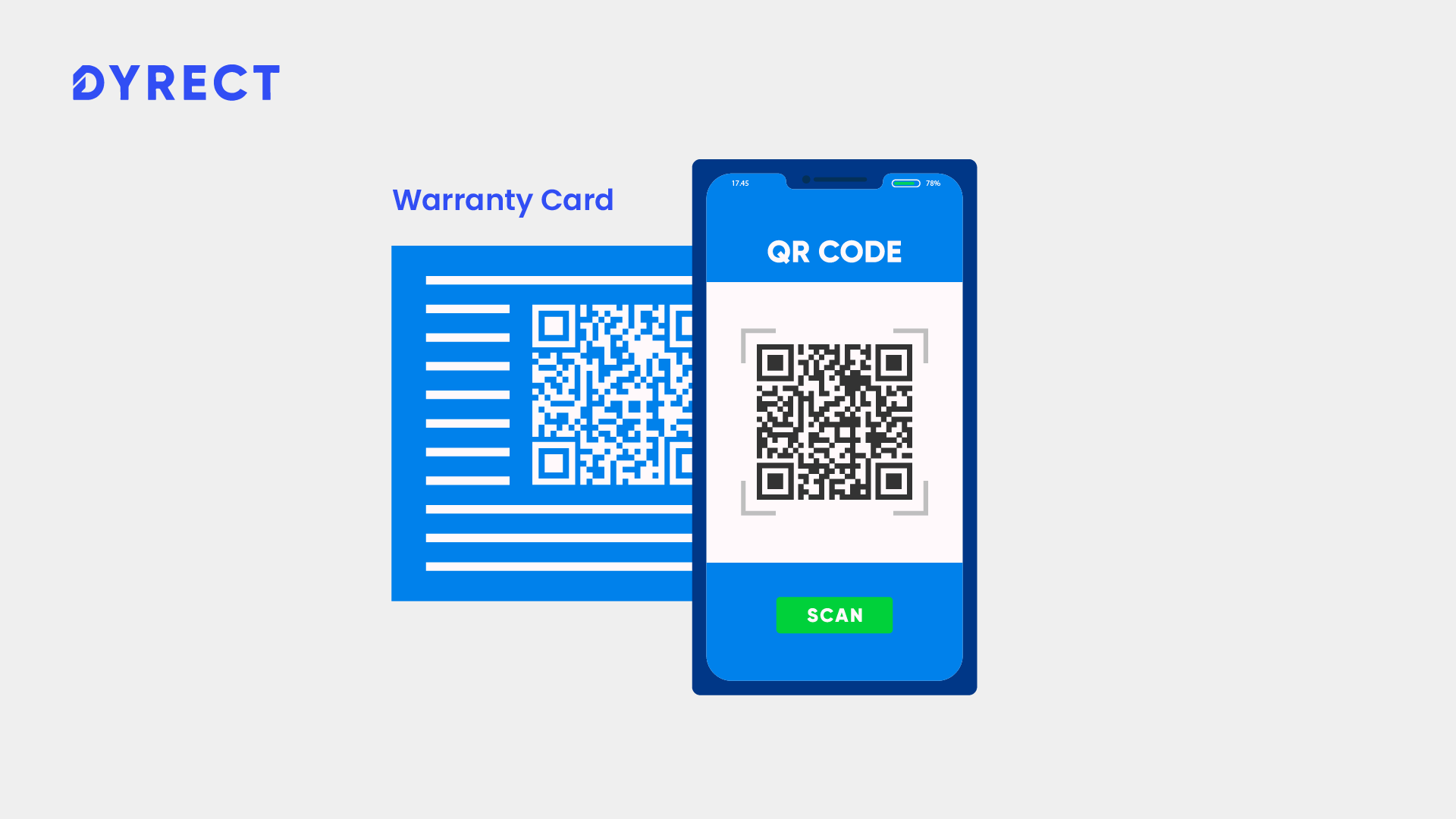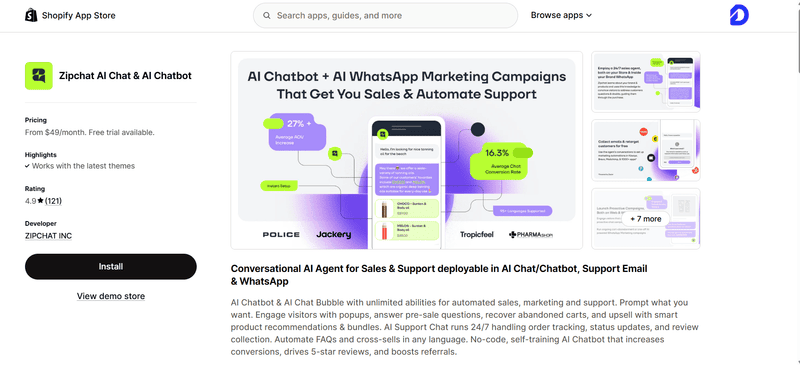
Warranties play an important role in the customer lifecycle, especially with building great post-purchase relationships. An easy and transparent warranty management strategy has long reaching benefits, including increasing customer lifetime value, increasing retention rates and improving brand reputation.
On the other hand, businesses that fail to pay attention to warranty adoption, claims processing and other aspects of warranty management are bound to see their sales drop and their reputation get tarnished.
This makes the role of seamless warranty management crucial to the success of every brand’s post-purchase customer experience. This holds doubly true in today’s fast paced markets, where technology has given customers hitherto unknown levels of convenience and control.
Let’s take a more detailed look at the importance of seamless warranty management in 2023.
The role of warranty management in post-purchase experiences
A good place for us to start our journey off is by understanding why warranty management plays a crucial role in creating positive post-purchase customer experiences.
1. Establishing trust
When your company offers warranty coverage on your products, it shows customers that you’re not shying away from putting your money where your mouth is.
Simply put, warranties are an indication of your brand’s faith in the build quality of your products. A strong and seamless warranty management system bolsters the trust your customers have in your brand and helps establish your brand as a reputable, dependable one.
2. Offering a safety net
Warranties and seamless warranty management act as a safety net for your customers, assuring them of your commitment to quality and to addressing any shortcomings in your product in a professional, timely manner.
3. Offering seamless conflict resolution
Damages and malfunctions are bound to happen, even if you adhere to the most stringent production processes and quality checks. And when things do go awry, customers are bound to become discontent.
However, a well planned warranty management strategy ensures that you have the customer’s as well as the product information readily available, allowing you to quickly track the product and remediate the situation.
This proactive approach to addressing warranty claims is a great tool in every brand’s arsenal, enabling you to turn a negative situation into a positive one, and as a result, win over the customer’s trust and loyalty.
4. Reducing customer dissatisfaction
When your brand already has a plan in place to address warranty claims efficiently, transparently and more importantly, proactively, you greatly reduce the dissatisfaction caused by your product not performing optimally.
5. Establishing brand reputation and customer loyalty
A great warranty management system guarantees access to first-party data, which you can then leverage to offer fast and transparent warranty claims processing, exceptional customer service and to build customized post-purchase experiences
As a result, your reputation as a trustworthy business becomes even stronger, while also increasing customer loyalty. In fact, the better your customers’ post-purchase experiences are, the more likely they are to refer your brand to their friends.
In case you’re wondering why word-of-mouth marketing is such a big deal, it drives a staggering $6 trillion in consumer sales, and is 5 times more effective than a paid media advertising campaign.
Traditional warranty management vs. digital warranty management

Traditionally, warranty management was a long drawn out process, which depended on archaic methods of warranty adoption and communication. Warranty cards were included in product packaging, and customers were expected to fill the cards up before mailing them back to the manufacturer or the reseller.
This method was time consuming, prone to errors and led to unhappy customers. Thankfully, the advent of technology has made warranty management faster, more efficient and definitely more convenient for both customers and businesses.
Here’s a quick comparison between traditional and digital warranty management practices.
Warranty management best practices
Your brand’s warranty management directly correlates to customer satisfaction, customer loyalty and brand reputation. This means it is in your best interests to pay attention to these warranty management best practices.
1. Go digital
Let’s start with the basics. If you’re still using the traditional approach to warranty adoption and management, it’s time for you to stop and go digital. It is faster, easier and more efficient.
2. Choose easy technology
Even when you do choose to use the digital warranty management approach, be sure to choose technology that is fast and easy for your customers to use.
For example, Dyrect’s single click warranty adoption allows your customers to register their new purchases from your brand for warranty coverage in less than a minute. All they need to do is scan a QR code using their smartphones from your packaging or invoice, and they’ll be automatically redirected to the sign in page.
Once there, customers can choose to log in using their Google account, Facebook log in details or even their TrueCaller ID. This saves them the hassle of remembering another password, automatically registers their purchase for warranty coverage, and gives you access to all important first-party data.
3. Make it customer centric
First-party data opens up multiple channels of communication that you could use to streamline your warranty management process.
You could use emails, calls, messages and even social media messaging to communicate with customers and keep them updated on the status of their warranty claims.
For example, a warranty claim processing could take anywhere between two weeks for a replacement to a couple of hours to complete a warranty repair. Be sure to communicate this with the customer on their preferred communication channel and set the right expectations.
In fact, this is a great opportunity for you to build great omnichannel post-purchase customer engagements.
This proactive, customer centric approach to warranty management works wonders when it comes to building trust with your customers and creating long lasting relationships.
4. Automate warranty renewals

Now that you have your customer’s contact information, send them automatic reminders to renew their warranty subscriptions. Once again, use every channel of communication available to increase engagement rates.
5. Use feedback to get better
Finally, be sure to ask your customers for feedback about their warranty claims and customer service experiences. Use this feedback to make your warranty management more effective and transparent.
Dyrect gives you seamless warranty management and more
When you choose Dyrect as your warranty management partner, you get a lot more than just that.
In addition to helping your customers register for warranty coverage in less than a minute, our in-built CRM makes feedback collection a breeze. Use our no-code experience builder to offer extended warranties, special offers, discounts and build engaging social media engagements.
Dyrect can also help you build omnichannel experiences to help you upsell and cross sell your products more effectively, while also helping you build a loyal customer base.
Learn more about what makes Dyrect the ideal post-purchase experience partner for hundreds of global brands by booking a demo with our team of experts today!



